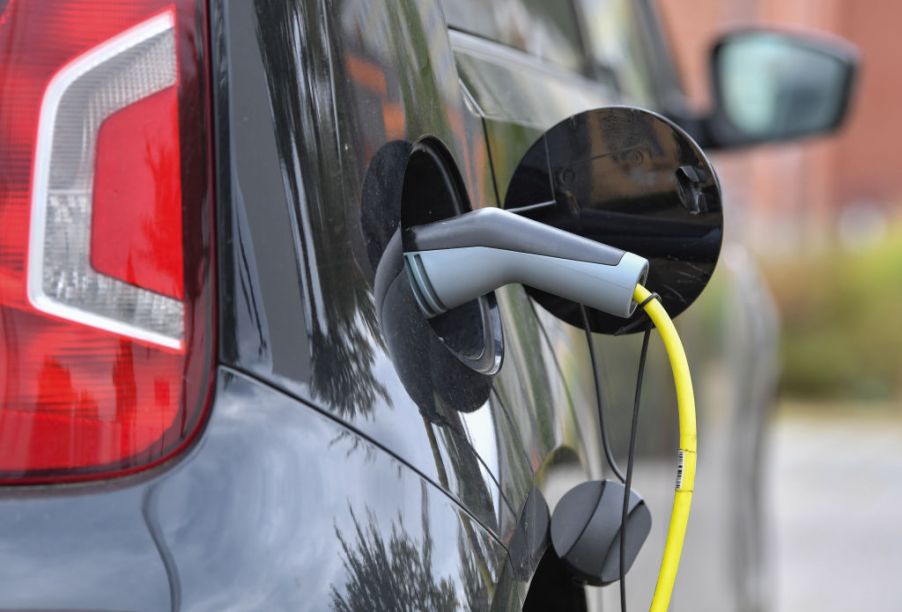
Electric Vehicle Charging at Home: What You Need to Know
Charging your electric vehicle is cheaper and more convenient thanks to home charging. Due to the low cost, most electric car owners do more than 80% of charging at home. Here’s everything you need to know about charging your electric car at home:
Equipment needed
Consult your electric vehicle’s manufacturer for info about the equipment you’ll need for home charging. Understanding the details will go a long way in helping you buy the right equipment. You should also check with an electrical contractor for specifications and cost estimates.
Charging at home makes use of either Level 1 or Level 2 electric vehicle supply equipment. For both levels, remember to securely store the charging cord to prevent it from getting damaged. You should keep the charging system clean and regularly check the parts for wear.
Level 1 electric vehicle supply equipment
This type of equipment charges your car through a 120 volt AC plug and adds two to five miles per hour. It is best suited for hybrid electric cars as well as a few all-electric models. Using Level 1 EVSE will not require you to purchase additional equipment other than the outlet. However, you’ll need a dedicated branch circuit.
Almost all-electric vehicles come with a portable Level 1 cord-set with a three-prong household plug for the outlet and a J1772 connector for your vehicle. Before plugging your vehicle into the outlet, make sure the circuit you use does not supply electricity to other appliances.
Level 2 electric vehicle supply equipment
Level 2, on the other hand, supplies charging through a 240-volt AC plug and adds 10 to 60 miles per hour. This level is suitable for all-electric vehicles. However, it will need you to set up special equipment in addition to a dedicated circuit of up to 100 amps.
Level 2 equipment ranges from simple models to more advanced options that include Smartphone connections, enhanced displays, and more. Your electric vehicle manufacturer will recommend which Level 2 home charging equipment is most suitable. Be sure to buy equipment certified for use by a testing laboratory.
They cost more than Level 1 equipment, often ranging between $500 and $2,000 before utility or state incentives and installation. The contractor you hire should be aware of standards and codes. They should also check with the planning department.
Finding other charging stations
Charging at home is cheap and convenient. Otherwise, the city will likely be the only place you’ll charge your electric vehicle. However, for long trips, you’ll need to find charging stations along the way. Here is a list of apps and websites that show available charging stations in your area:
Google Maps
Google Maps added charging stations to its features, highlighting the various spots using a red GPS marker. Using Google Maps allows you to also utilize Street View, which lets you see the exact locations of charging stations.
PlugShare
PlugShare acts as a community for electric vehicle drivers. It also guides its users to charging stations around the world.
ChargeHub
ChargeHub is home to a vibrant community and a team dedicated to improving the charging experience. Using its live-updated map, users can find charging stations all over America and Canada.


